Journey Through the Minor Prophets, Part 1ਨਮੂਨਾ

Intro to Prophets: Behind the Text
There are three international super-powers that dominate the background of the prophets—the kingdoms of Assyria, Babylon, and Persia. Each will become an anchor for understanding a cluster of prophets. To get an idea of the cities impacted by the shadow of the first of these empires, you can explore our interactive map.
Our Approach to the Prophets
iMap: Assyrian Invasion Map
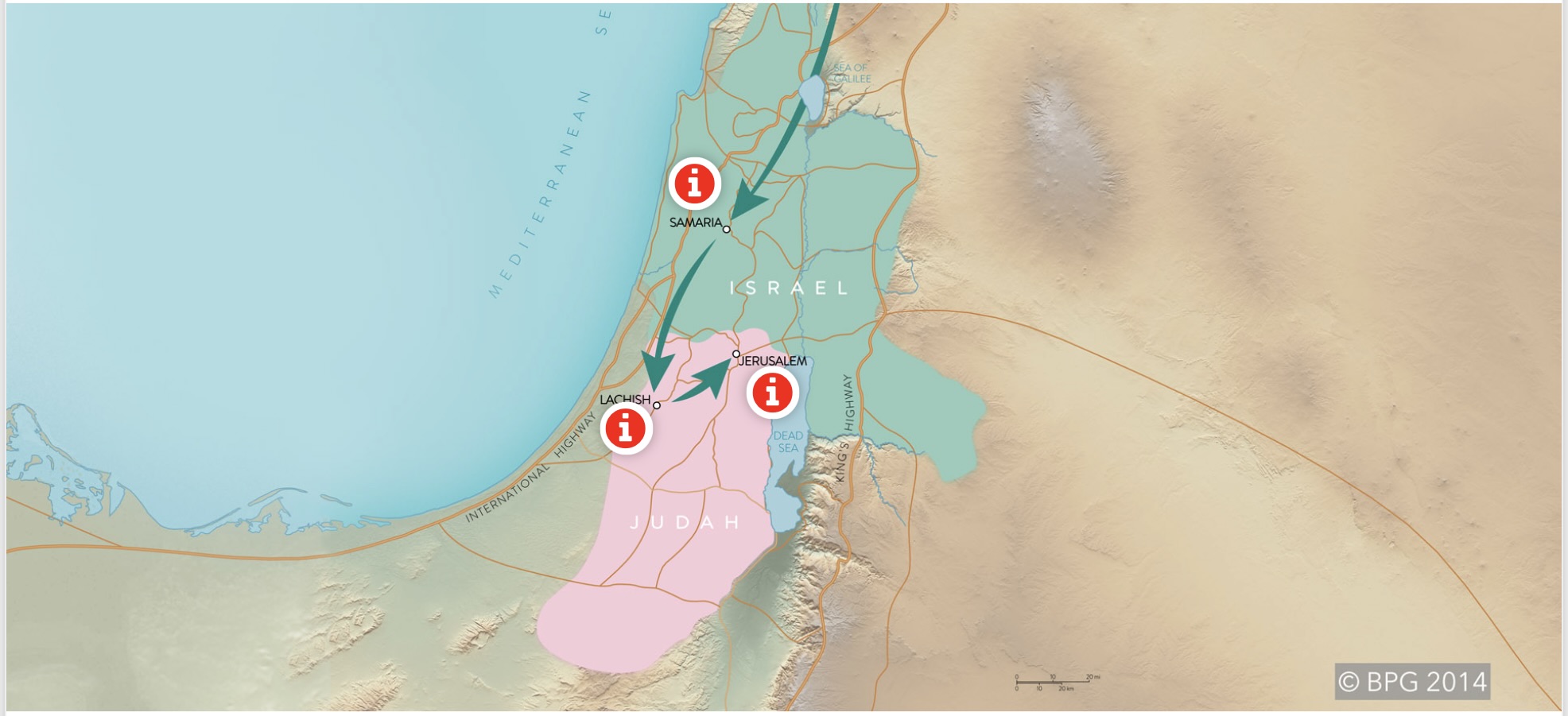
Samaria
The Hills of Samaria: This view looks at Samaria from the north, the direction from which Assyria’s armies approached. These hills were a minor obstacle for the Assyrian war machine.
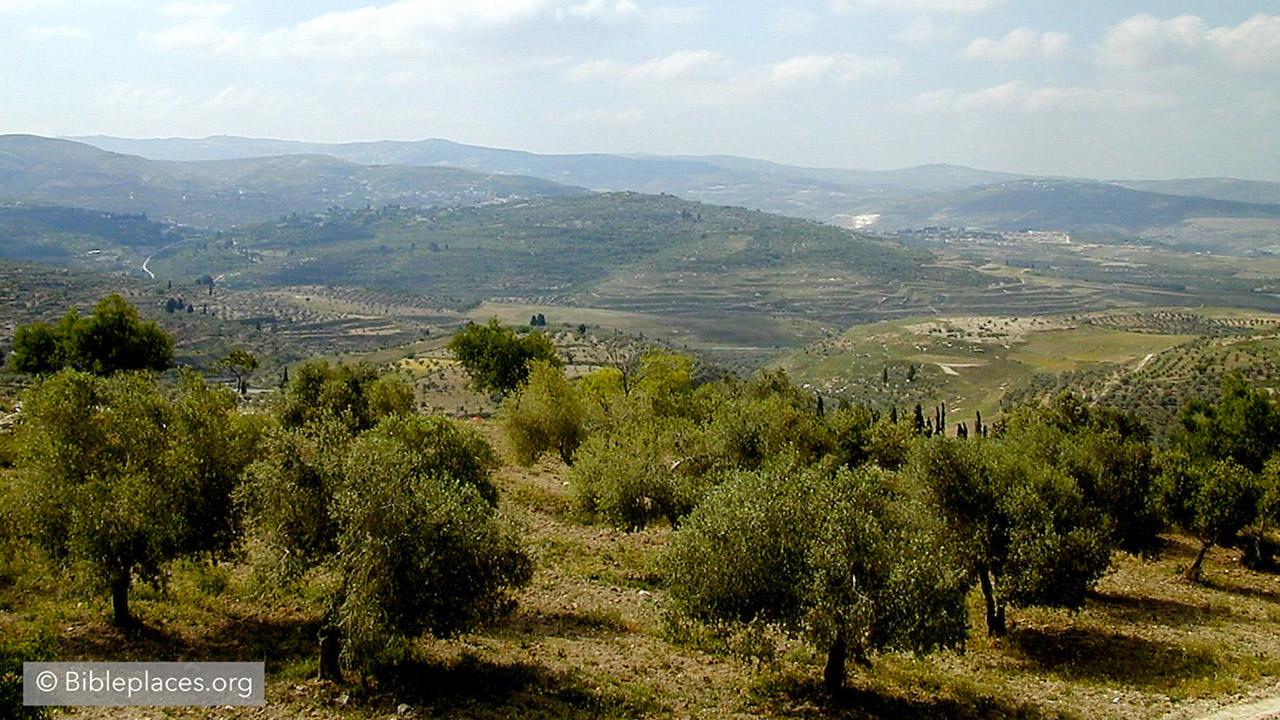
Acropolis of Samaria: It’s likely that the final Israelite king, Hoshea, made his last stand against Sargon II here, the acropolis of Samaria. 1 Kings 17:4-6 tells us that Hoshea was imprisoned and Israel was exiled to Mesopotamia.
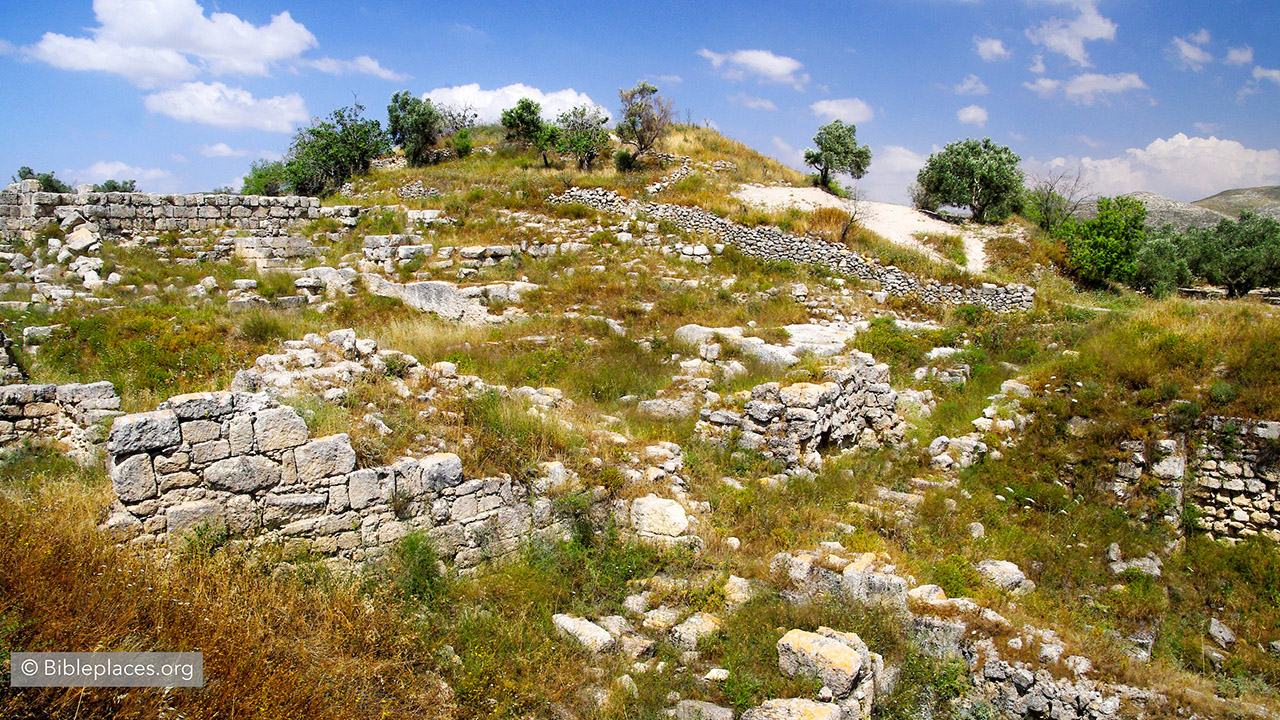
Rebuilding Samaria: When imperial forces conquer important cities, they often rebuild them for their purposes and with their architecture. The Assyrians rebuilt Samaria to use it as a regional administration center. This massive Hellenistic tower is evidence of the Greeks following this practice centuries later.
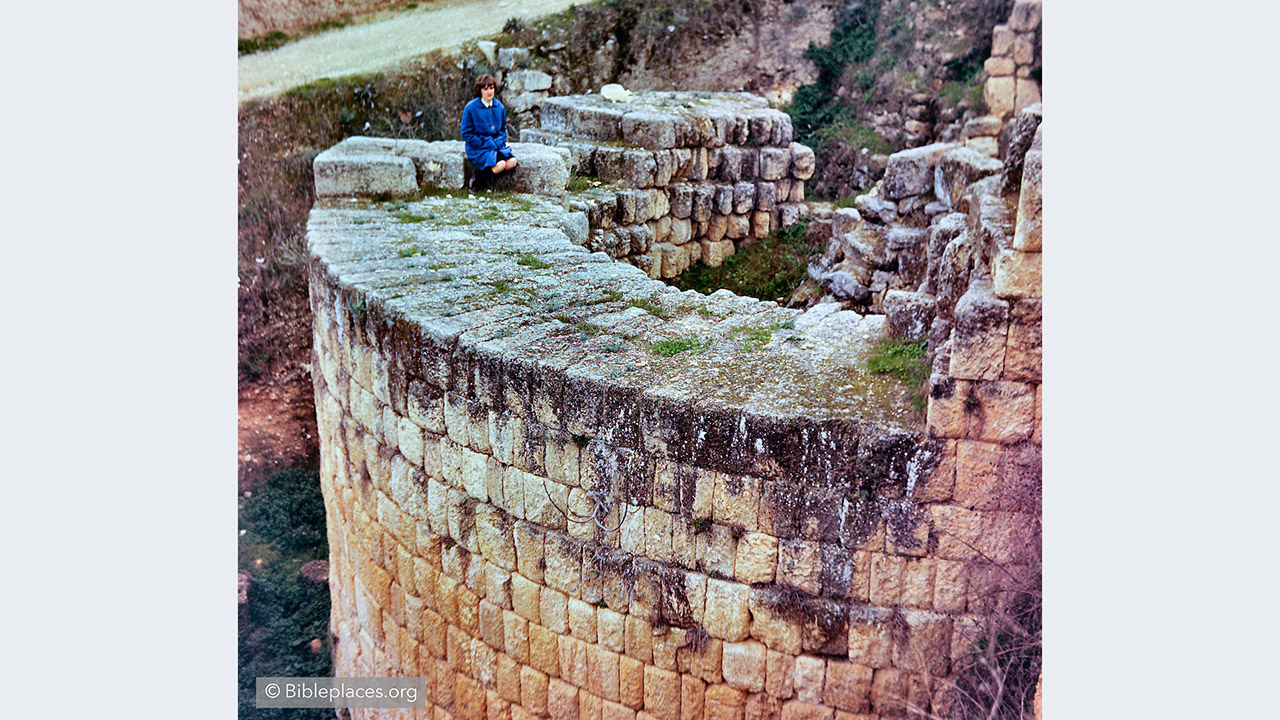
Samaria Ivories: This example of Samaria ivory dates to the 9th and 8th centuries BC. Artifacts like this speak to the opulence of the Northern Kingdom—a point of criticism of the prophets.
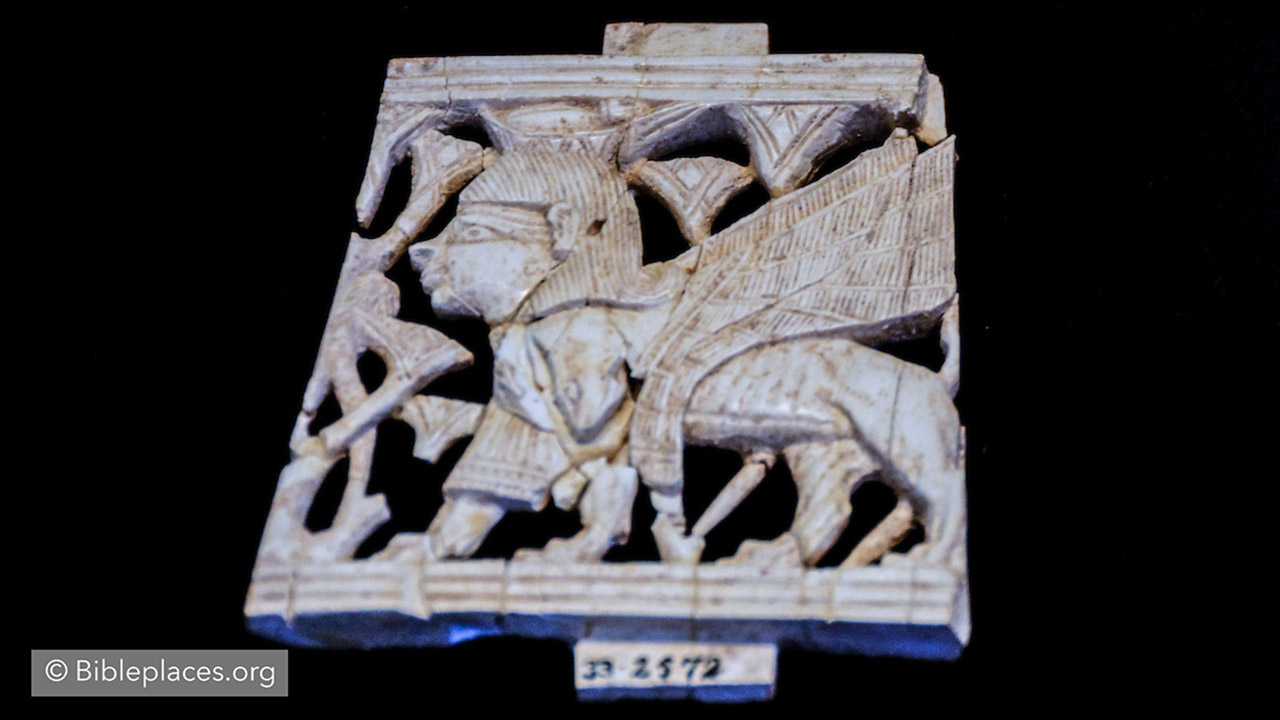
Samaria Ostraca: Broken shards of pottery, called ostracon, were often used for writing things like a bill of sale. These Samarian ostraca provide a glimpse of day-to-day affairs in the capital city.
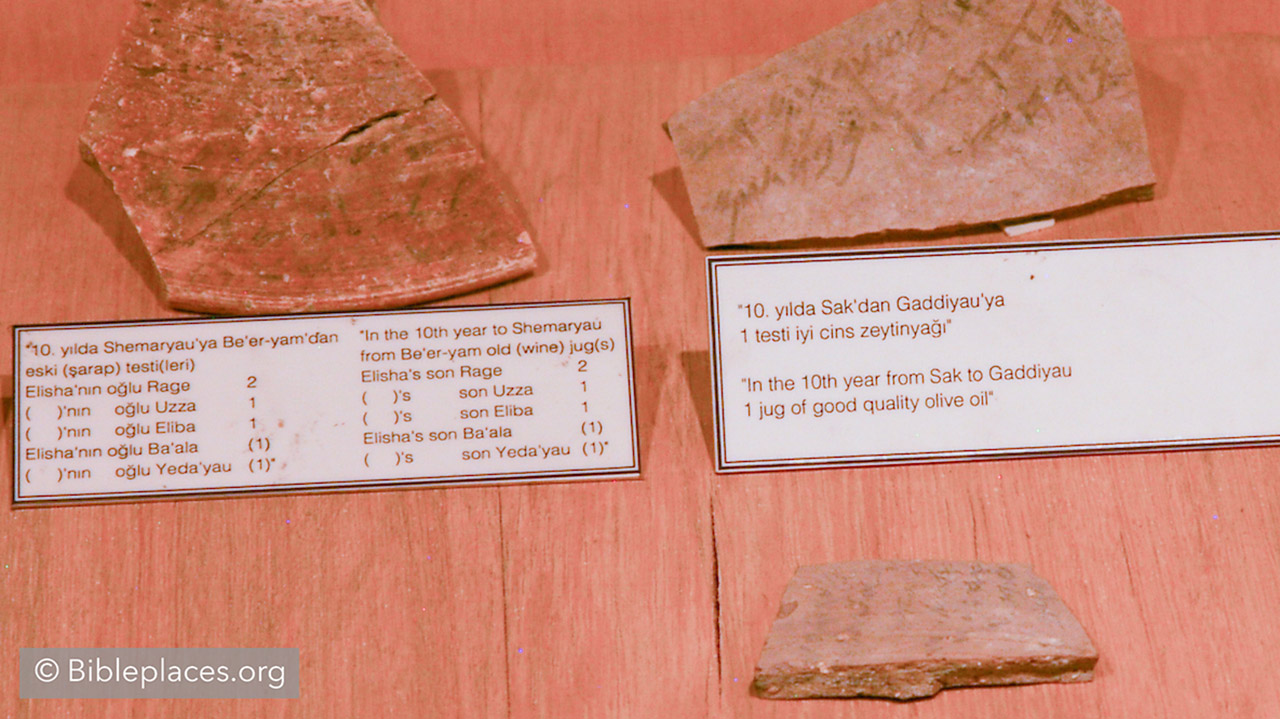
Lachish
Lachish’s Location: Lachish was one of Judah’s main administrative sites. Due to its strategic location bordering the coastal highway, it suffered the brunt of the Assyrian invasion as their armies approached Jerusalem.
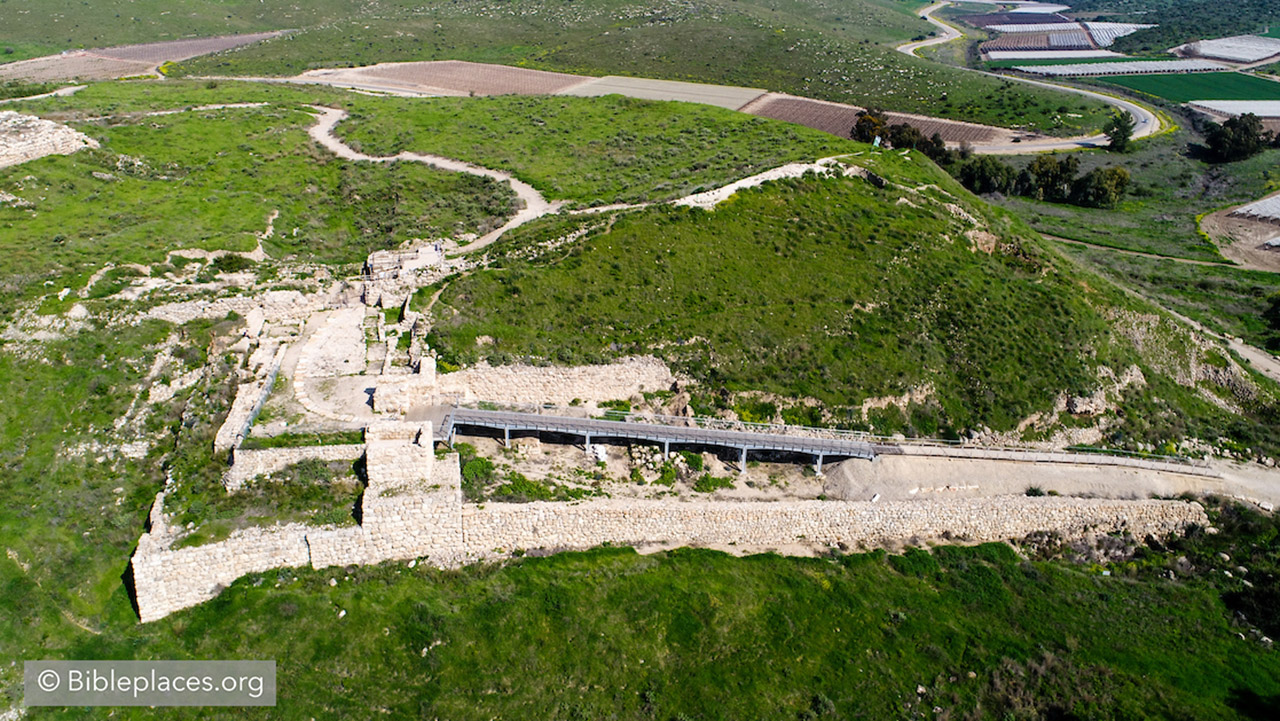
LMLK Seal Impressions: Many broken jars have been found with the letters LMLK (“of the king”) imprinted on them. Used during the reign of Hezekiah and possibly through Josiah, these stamps marked storage jars that were likely used in conjunction with royal policies during the Assyrian campaigns.
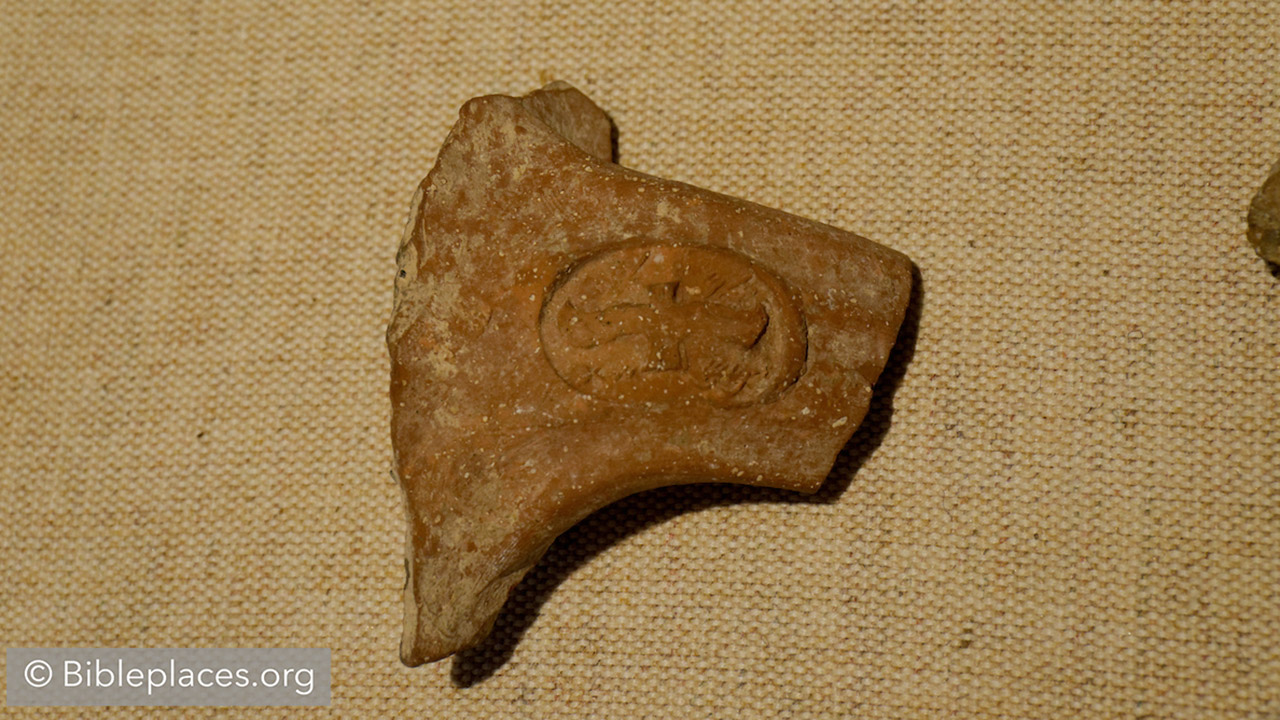
Siege Ramps: This siege ramp is one of the most famous artifacts left from the sacking of Lachish. Siege ramps were used to move the necessary equipment up to the walls of a fortified city.
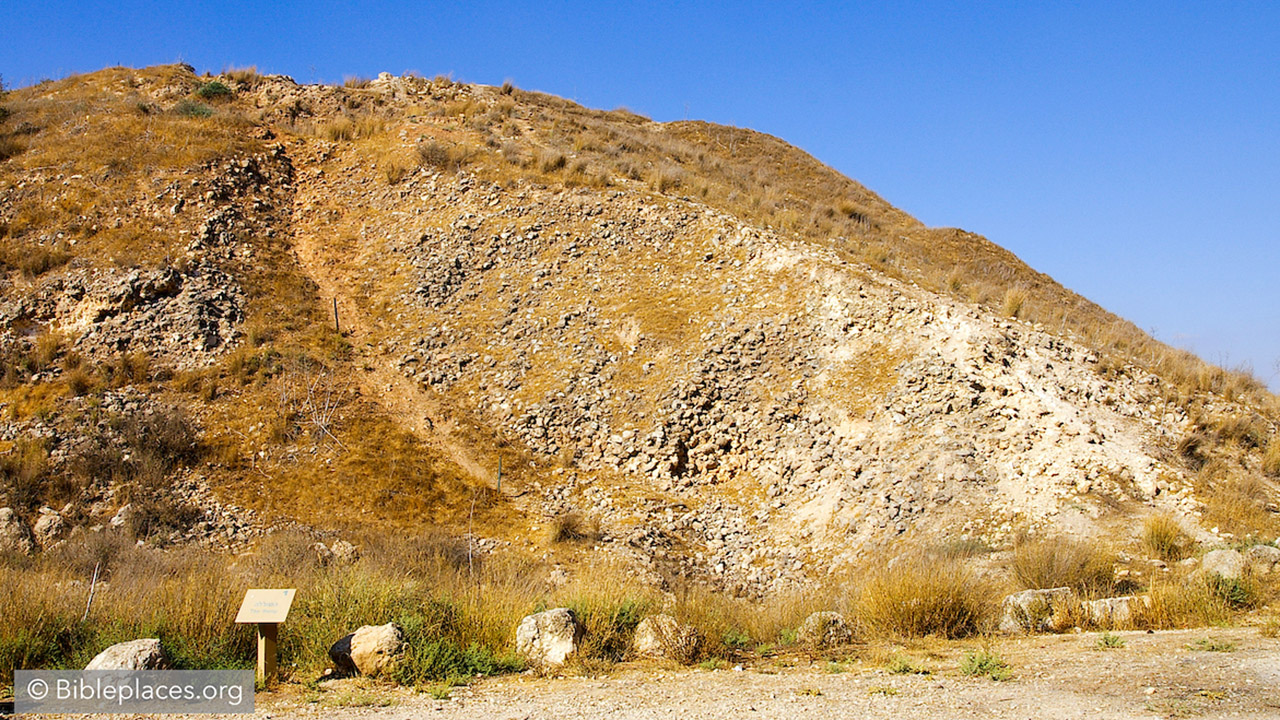
Stone Slingers: Slings and stones, like bows and arrows, were important weapons in the Iron Age. Slingers were a standard part of warfare for the Assyrians.

Stone Slings: These slings were found in the ruins of Lachish after the destruction of 701 BC.
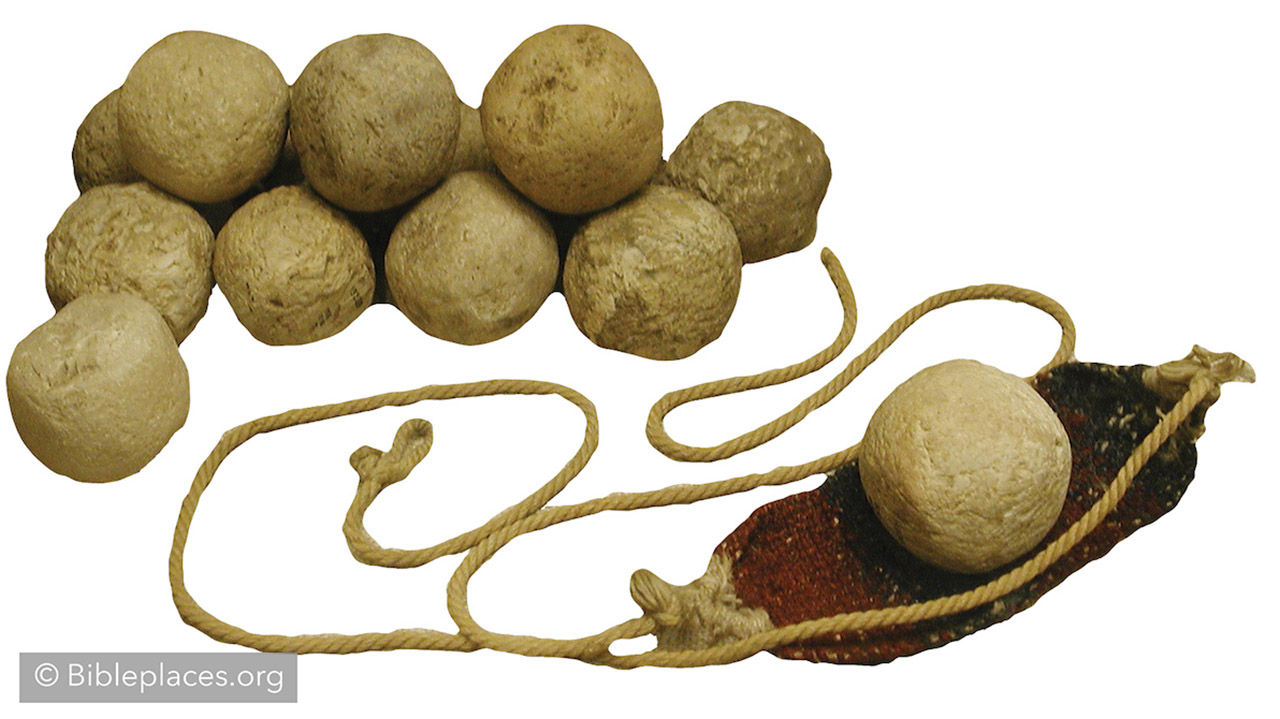
Lachish Reliefs: In order to commemorate his sacking of Lachish, the Assyrian King Sennacherib sanctioned the fabrication of reliefs presenting scenes of the Assyrian siege of Lachish. These overlays eventually decorated the palace walls of Sennacherib in Nineveh.
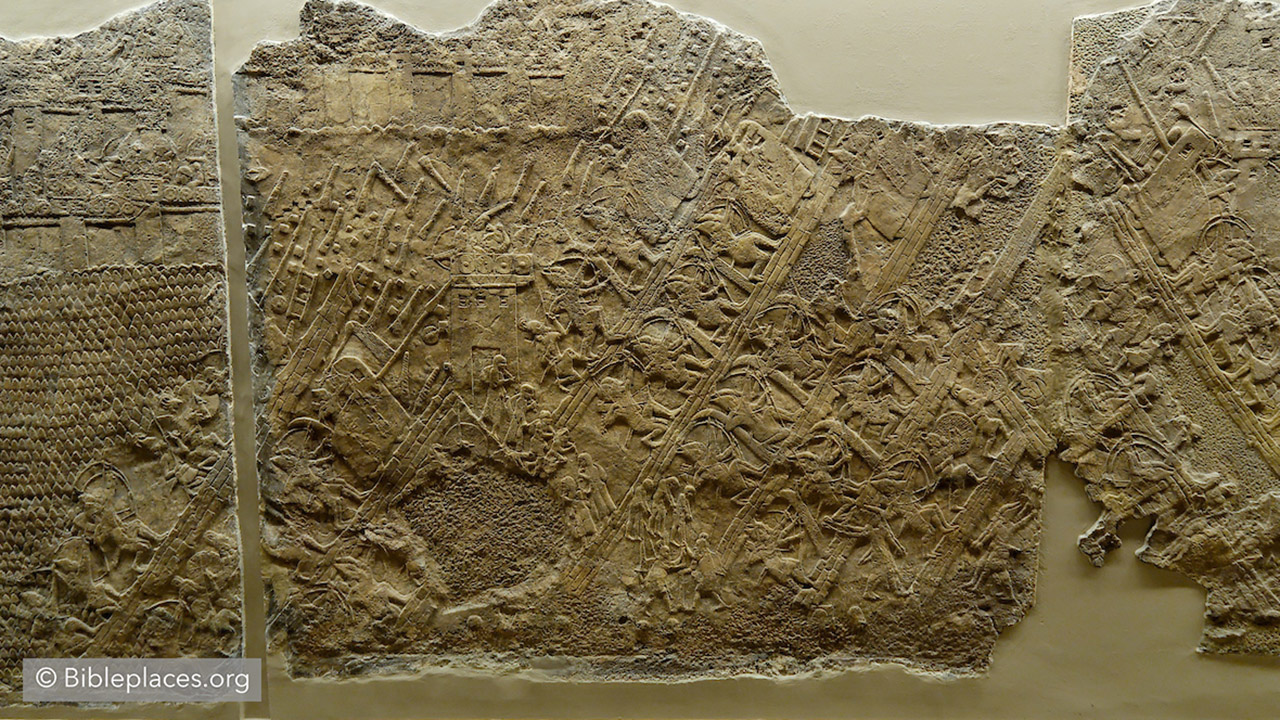
Jerusalem
Hezekiah’s Capital, Old City, & Mount of Olives: At the end of the 8th century, Hezekiah withheld tribute to the Assyrian empire and orchestrated a coalition that sought to defy this powerful empire. Sennacherib’s third military campaign was largely a response to these developments, with Jerusalem as his ultimate target.
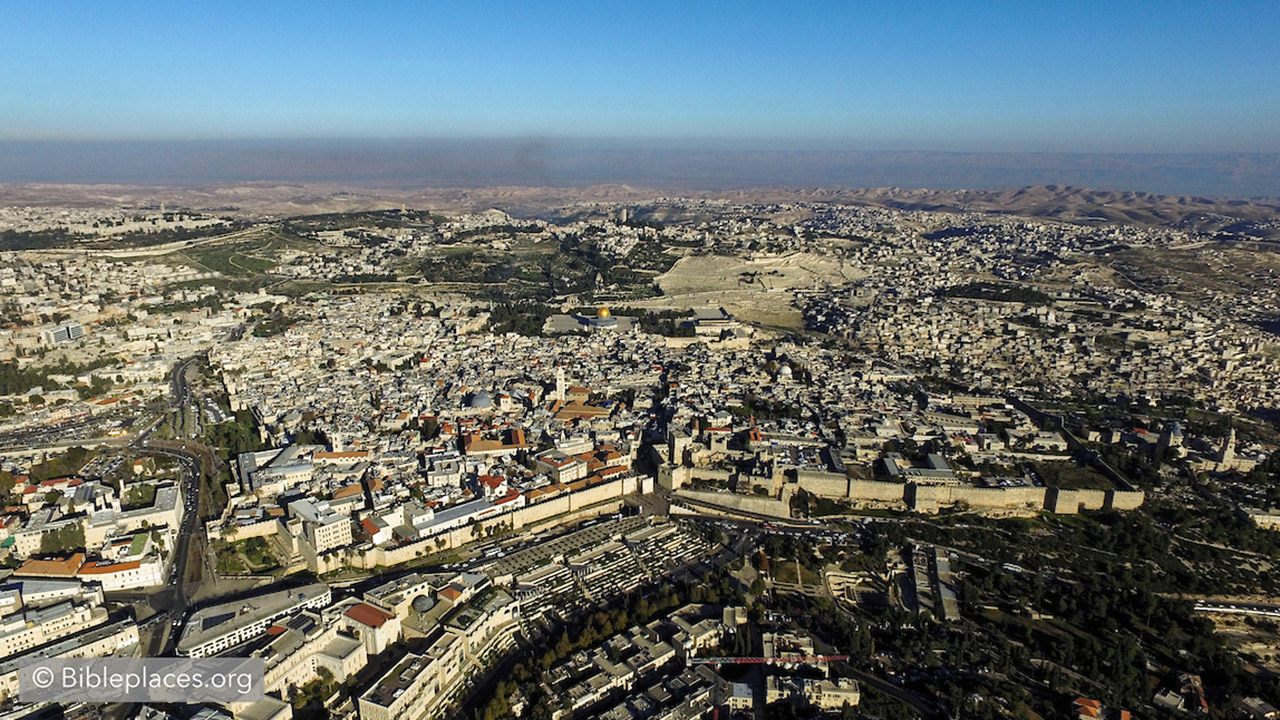
Jerusalem Model, Western & Eastern Hills: Another construction effort that was largely in response to the Assyrian threat was the construction of a wall that greatly extended the western edge of the city (see the lengthy wall circling around the city in the top left of the image). It ensured that much more of the population was protected inside the walled city.
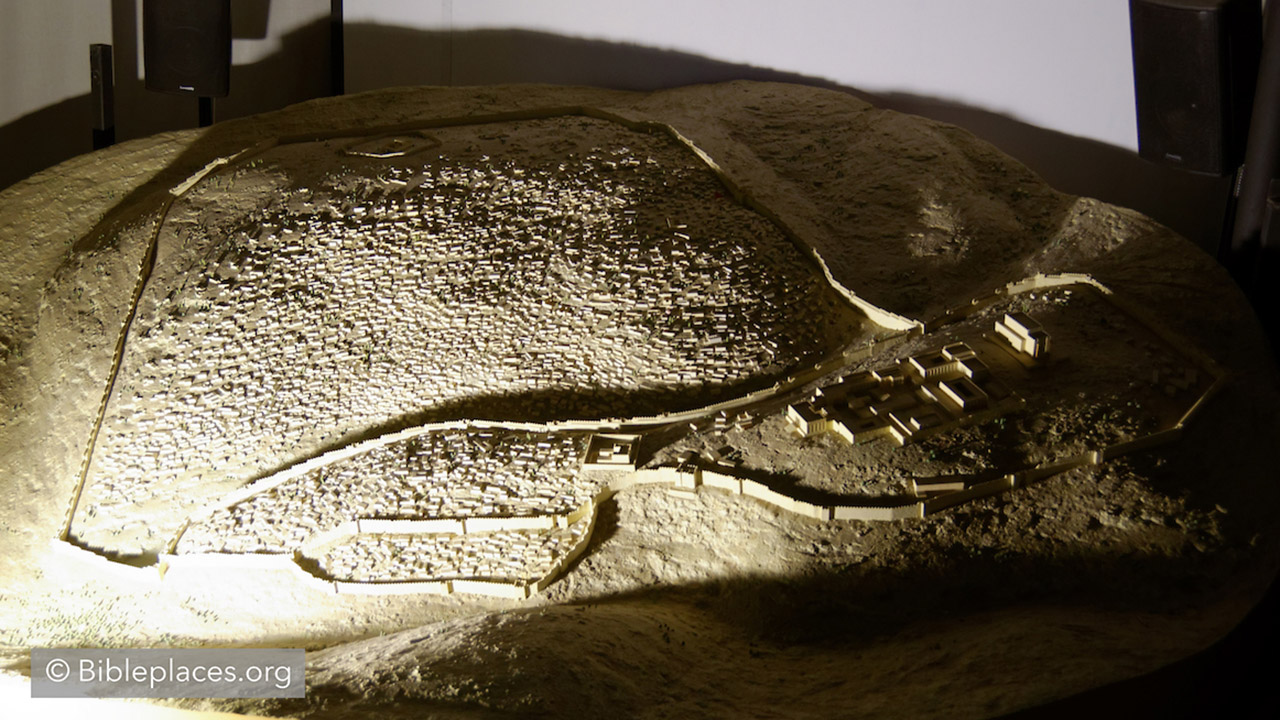
Gihon Spring: The Gihon Spring is the perennial water source associated with Jerusalem. During sieges, it needed to be protected. It’s widely assumed that the Siloam (or Hezekiah’s) Tunnel, which connects this spring to the Pool of Siloam, was constructed to ensure that the city would have a source of fresh water.
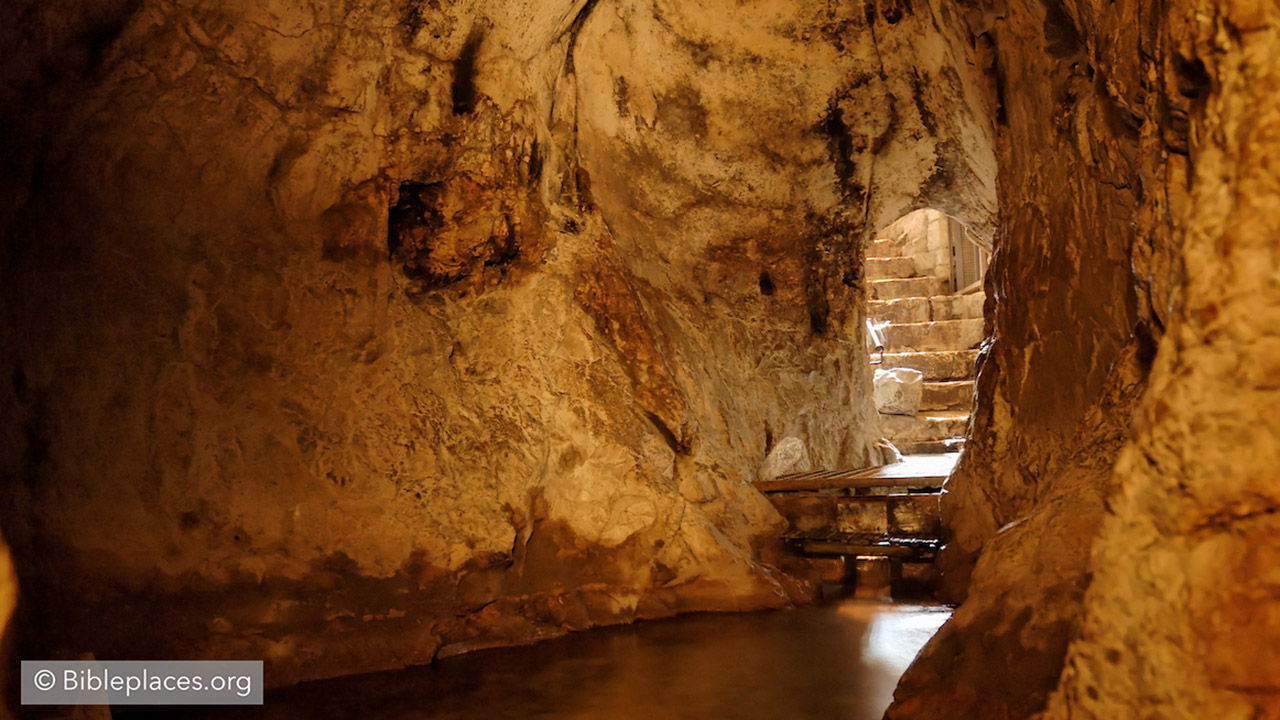
Jewish Quarter, Hezekiah’s Broad Wall: A small portion of Hezekiah’s western wall can still be seen today in the Jewish Quarter of Jerusalem. This “broad wall” differs from the traditional casemate wall in that it’s wider and does not have chambers inside.
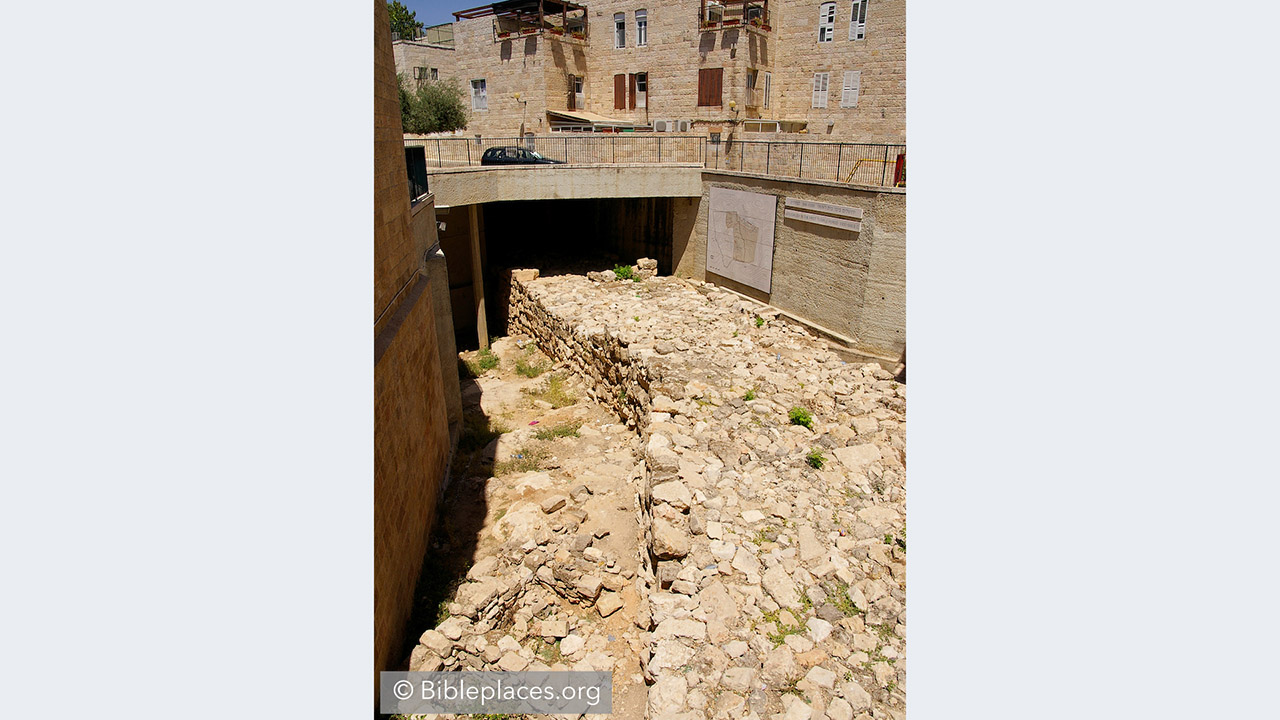
About this Plan

Have you ever wished for a Bible study that could take you beyond surface-level reading? If so, get ready for our journey through Minor Prophets, Part 1! You'll get to immerse yourself in Scripture (by looking at key terms and ideas), explore what's behind it (by learning historical-cultural background), and also discover its impact by considering its implications, not only for you, but for the global church. Let's dive in!
More
Related Plans

THE BRAIN THAT SEEKS GOD: Neuroscience and Faith in Search of the Infinite

Mental Health and the Bible

The Creator’s Authority: 5 Steps to a Fearless Creative Life

The Artist's Identity: Rooted and Secure

Wisdom: A Weapon of War

12stone Camp Devotional

From Overwhelmed to Anchored: A 5-Day Reset for Spirit-Led Women in Business

Collide

This I Believe: Clarity in a Confused Culture
